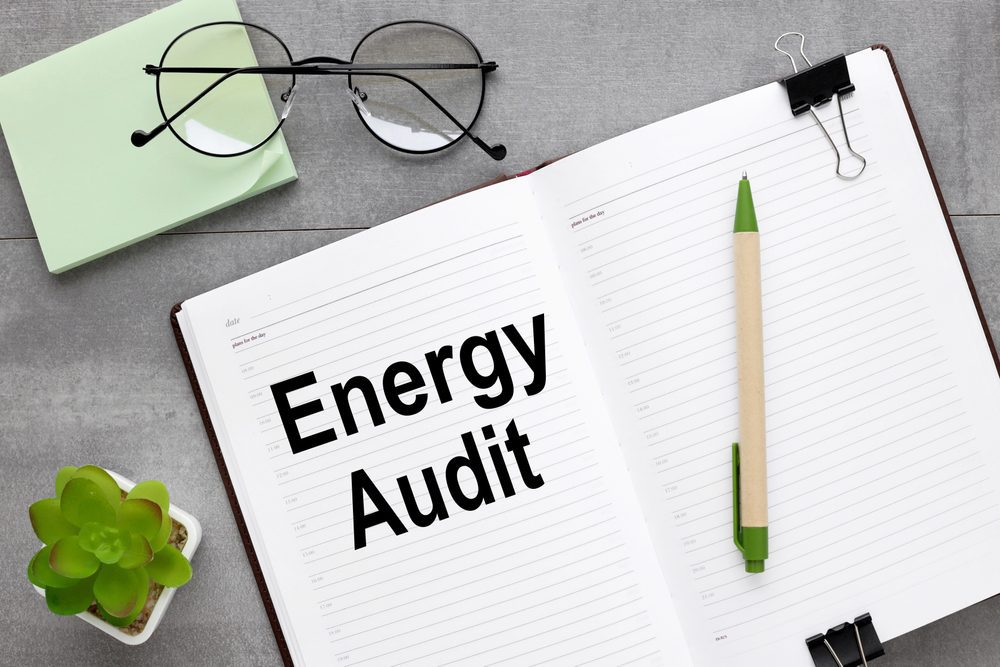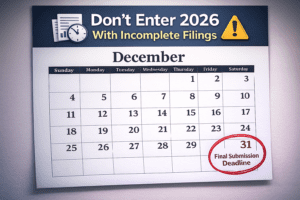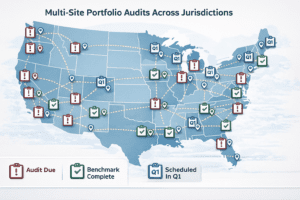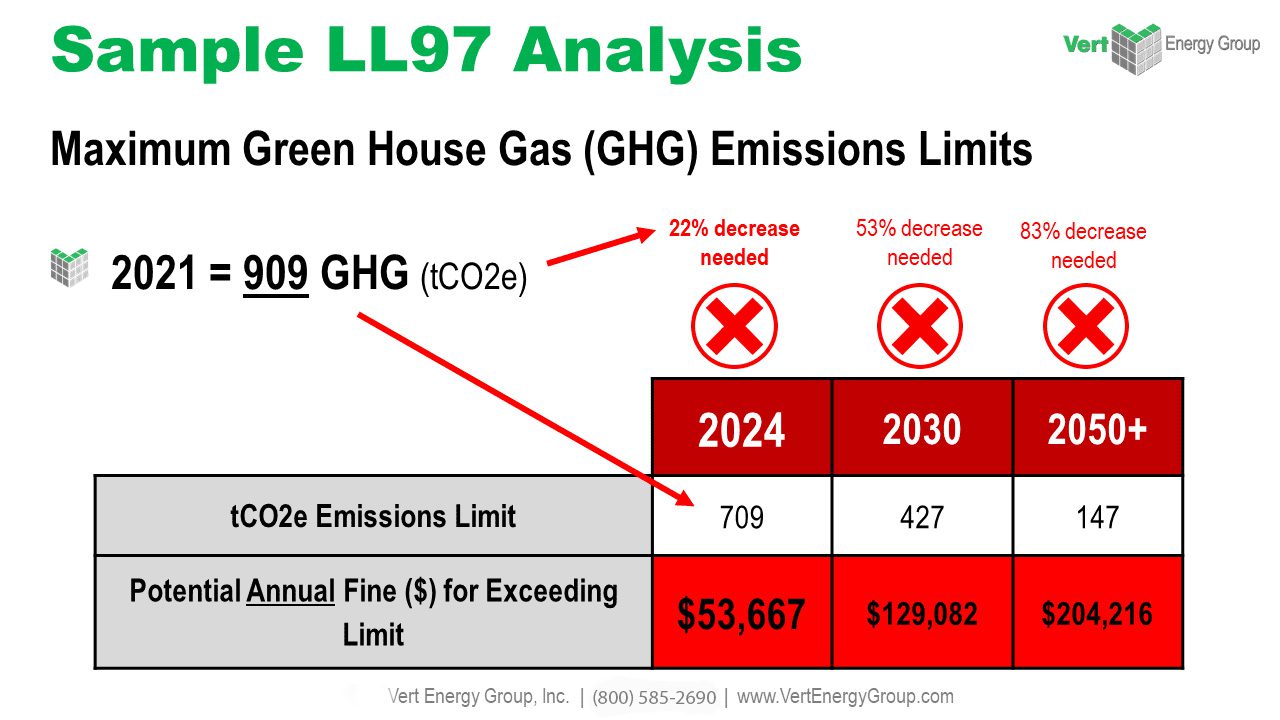Do you want to save money on your energy bills and reduce the carbon footprint of your building? If yes, then a commercial energy audit is one of the best ways for you to approach that. A comprehensive assessment of your building’s structure and its current condition can help identify which areas are most ripe for improvement when it comes to saving energy and money. Through this blog post, we will look closely at how an energy audit works, what they typically involve, as well as some ideas on how businesses throughout the world can benefit from undertaking one.
What Are Commercial Energy Audits?
Commercial energy audits are an essential tool for energy efficiency. These energy audits analyze energy usage and identify cost-effective energy conservation measures in commercial settings. By determining where energy is being wasted, businesses can determine which areas need improvement to become more energy efficient. This not only reduces energy consumption, but also puts money back into the business in the form of savings on energy costs. Energy audits are vital to helping businesses put themselves in a better position to succeed both financially and environmentally by utilizing the most efficient energy sources available.
How Can It Save Money and Energy
Commercial building owners know that their energy bills can add up quickly. But they may not know exactly where they are losing energy and wasting money. A commercial energy audit is an effective tool to find inefficiencies in a commercial building and identify costly opportunities for savings. Energy auditors have the experience to analyze a commercial building’s energy use, inspect its various systems, and offer tailored solutions that reduce operational costs and save money long-term.
Through proven methods such as air leakage testing, pressure diagnostics and lighting/HVAC assessments, commercial owners can expect accurate analysis of their current energy use status and recommendations for upgrades or replacements of outdated or inefficient components within the building. With commercial energy audits, commercial building owners can gain powerful insights into the inner workings of their buildings while also saving on those all-too-familiar utility bills.
Purpose Of Energy Audits
Energy audits are used to help identify areas of energy wastage and pinpoint energy efficiency upgrades. Carried out by a professional energy auditor, energy audits generally involve energy consumption analysis, energy savings calculations, cost-benefit analysis and on-site inspections.
This can help homeowners or businesses identify areas where energy is being wasted and encourages lifestyle changes that can be implemented to minimize energy expenditure. Not only do energy audits result in better energy efficiency but they have the potential to generate major energy cost savings over time.
What Are Energy Audit Checklists?

Building owners who are looking to save money on their energy bills should consider implementing an energy audit checklist. This helpful tool meticulously measures the amount of energy used in a given structure, offering suggestions for better air quality as well as reduced energy consumption.
Every detail is taken into account; from HVAC systems and window seals to insulation and door seals – an energy audit checklist carefully inspects your building and pinpoints ways to adjust or upgrade that will have the greatest impact on lowering your monthly energy bills. Investing in an energy audit is a smart move if you’re searching for effective ways to maximize your building’s efficiency and keep costs down.
Other Benefits of Commercial Energy Audits
Besides being able to identify potential cost savings, there are many other benefits of having a comprehensive commercial energy audit. Some of those include:
Increased Comfort
A thorough energy audit will identify potential issues such as drafts, uneven temperatures, and air leakage that can affect the comfort of your facility. By addressing these problems, you can create an environment that is more comfortable for both employees and customers.
Improved Equipment Performance
Many facilities are using outdated or inefficient equipment that can lead to higher energy costs. An energy audit will identify this equipment and make suggestions for the most efficient replacement.
Improved Building Safety
A comprehensive energy audit will also look at potential safety hazards such as improper electrical wiring or combustible material that could increase the risk of fire or other accidents in the facility.
Increased Productivity
A comfortable, safe, and well-lit work environment can help improve employee productivity. Additionally, newer, more efficient equipment will result in fewer breakdowns and less downtime.
Improved Environmental Impact
Finally, improving energy efficiency can reduce the amount of greenhouse gases being emitted into the atmosphere from your facility. This helps to reduce your facility’s overall environmental impact.
Overall, having a comprehensive commercial energy audit can save you money in the long run and help make your facility a safer, more comfortable, and productive environment. The potential benefits of having one should not be overlooked.
Tips To Run Commercial Energy Audit
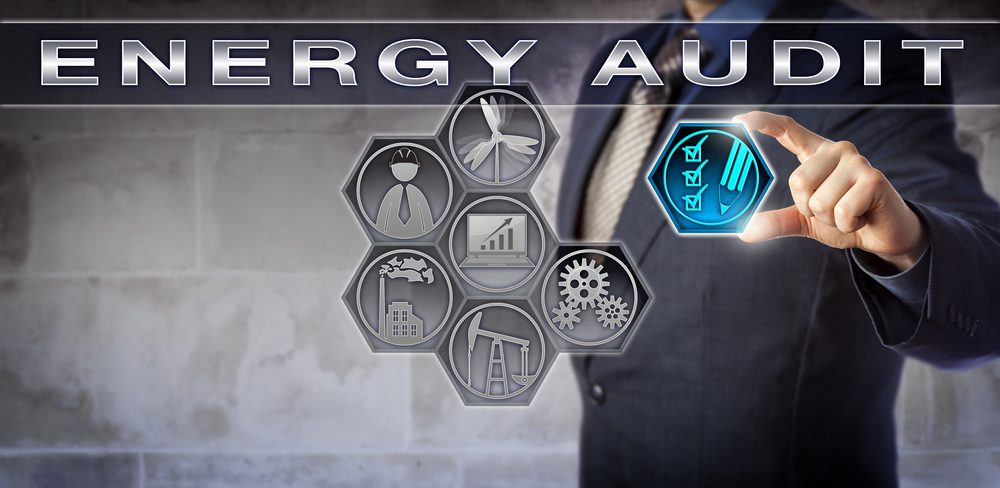
Here are some tips to run commercial energy audit:
Familiarize Yourself with the Building: Before beginning an energy audit, it is important to understand the building’s operations and any systems that are integrated into it. Take some time to review the design of the building and read through any maintenance documentation available. Understanding how a building is used will help you identify potential areas for improvement.
2. Conduct an Initial Assessment: Once you understand the building’s operations, it is time to conduct an initial assessment of its energy use. This can be done through a visual inspection from outside (e.g., noting areas that are inadequately insulated or windows that need replacing) and inside (identifying potential sources of air leakage or water waste).
3. Measure Energy Use: Taking accurate measurements of energy use is essential to developing an effective plan for reducing it. To properly measure energy use, you will need to install meters that record electric, gas and water consumption in the building’s individual systems. This data will help you determine where your greatest opportunities for improvement lie.
4. Identify Energy-Saving Opportunities: After you have collected the data, it is time to identify potential opportunities for saving energy. This can include replacing inefficient equipment, upgrading insulation and sealing air leaks, installing solar panels or other renewable energy sources, and improving lighting systems.
5. Develop an Action Plan: Once you have identified potential opportunities for saving energy, it is time to develop an action plan. This should include a detailed list of the measures that need to be taken and the estimated costs associated with them. It should also include an estimation of the expected energy savings resulting from each measure.
6. Implement Changes: After you have developed an action plan, it is time to implement the energy-saving measures. This can involve hiring contractors to install new equipment or make upgrades and changes, as well as training staff to operate any new systems and ensure that they are used properly.
7. Monitor Results: The final step in an energy audit is monitoring the results of the implemented changes. This involves measuring and tracking energy consumption before and after the changes are made. This will help you determine whether your energy-saving measures were successful and identify any additional areas for improvement.
8. Document: Finally, it is important to document all of the steps taken during the energy audit process. This includes taking photographs of any changes made and collecting data on energy consumption before and after the implementation of the changes. This will help you review past performance and inform future decisions.
By following these steps, you can ensure that your commercial energy audit is successful and yields meaningful energy savings for your building or business. Remember, reducing energy consumption not only helps protect the environment but also leads to significant cost savings. So, take the time to properly assess and manage your energy use today!
Why Is It Necessary to Run a Commercial Energy Audit?
A commercial energy audit is an essential process for businesses and organizations that prioritize cost-effectiveness and sustainability. It can enable them to identify potential improvements in their energy usage, allowing them to reduce costs and save money on their energy bills. An experienced auditor will use several different techniques, including evaluating utility bills and analyzing automated data collected from building systems.
The audit also takes into account any changes or upgrades to facility systems which may have led to increased or decreased energy consumption; this ensures that all aspects are considered when attempting to improve the facility’s overall efficiency. The end result of a successful commercial energy audit is beneficial, as it can help the organization save money while also contributing towards a greener future through the decreased utilization of natural resources.
Conclusion
Energy audits are an important part of reducing your company’s carbon footprint and saving money on energy bills. Commercial energy audit services can help you achieve these goals by identifying areas where your building is wasting energy and recommend ways to improve efficiency. An experienced auditor will also be able to provide valuable insights into government incentive programs that can offset the cost of implementing efficiency upgrades. If you’re interested in learning more about how a commercial energy audit can benefit your business, contact us today. We would be happy to answer any questions you have or schedule a free consultation.
